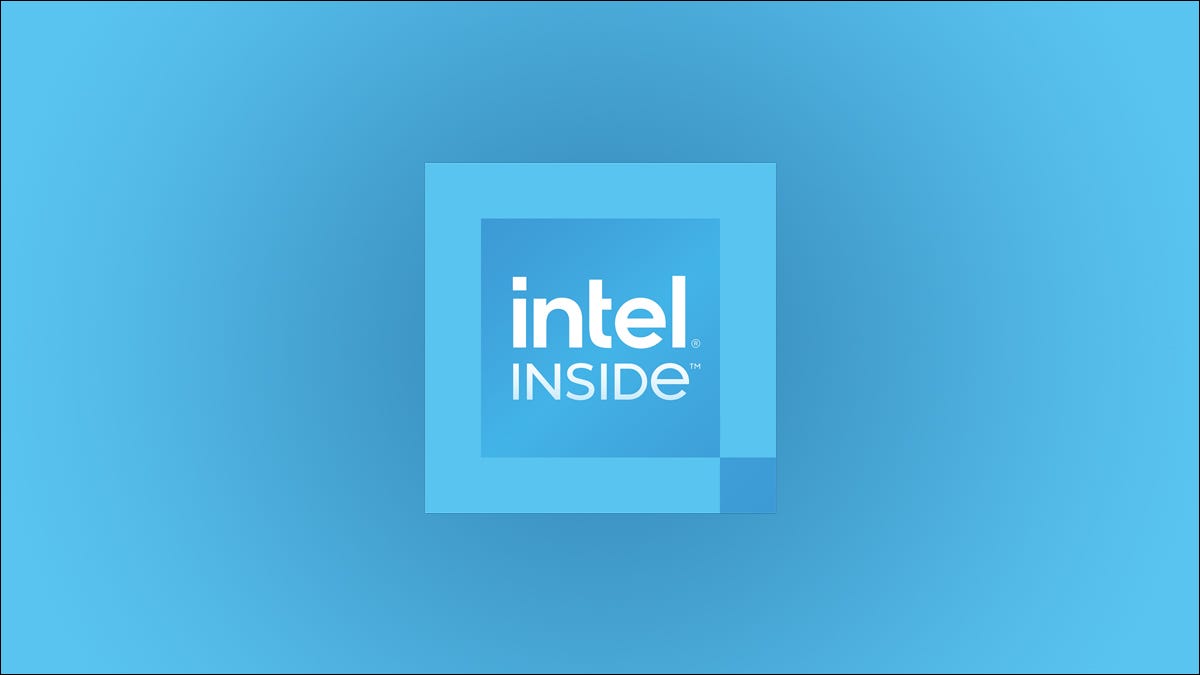[ad_1]
Intel confirmed last year that it would retire its long-running Pentium and Celeron names, which had been reduced to the brand of budget processors. Now the first N-series chips for cheap PCs have arrived, during CES 2023.
Intel has revealed its new line of N-series processors, which will be sold under the name Core i3 and “Intel Processor”, which is not at all confusing. They’re based on the split-core design we’ve seen in some mobile Core i5 and Core i7 chips, with some faster “P cores” mixed with slower, more power-efficient “E cores.” On Intel’s other chips, applications and system processes move between cores as needed to improve battery life, like most ARM chips found in smartphones and tablets. However, none of Intel’s N-series chips have P cores, only the slower, but more battery-friendly E cores.

Intel says that all CPUs can accept DDR4, DDR5, or LPDDR5 memory, making them more flexible for use in different categories of PCs. They also support AV1 hardware decoding, which will come in handy with video streaming, as well as Wi-Fi 6E and Bluetooth 5.2 support.
The best of the bunch are the Intel Core i3-N-305 and Core i3-N300, both of which have 8 cores and 8 threads (again, only E-cores). The N-305 can get 15W of power, so it’s not too far off from a typical Core i5 CPU, except it doesn’t have P cores. Intel says it’s 70% faster on the CrossMark benchmark than the Pentium Silver N6000 and 120% faster graphics performance in 3DMark. That’s not much of an achievement, considering the N6000 was a 6W CPU with only 4 cores; we’ll have to see how it turns out in real life. The N300 has the same number of cores, but tops out at 7 W instead of 15 W.

Below those chips are the Intel N200 processor and the Intel N100 processor. Both only have 4 cores and 4 threads, and max out at 6 W. They only differ in graphics performance: the N200 has 32 Execution Units (UEs) and the N100 has 24. Intel says the N200 has performance 28% faster CPU performance than the Pentium Silver N6000 and 64% higher GPU performance. Again, that’s not the highest bar imaginable, but it’s still good news.
These are lower-end processors, so we’ll have to wait and see how they handle real-world workloads. Laptops and Chromebooks with ARM chips from Qualcomm and MediaTek have been eating the cut of Intel’s budget laptops for years, as they can generally offer better battery life with similar performance. The new N-series could give Intel a chance to win back some budget PC buyers: the company says “more than 50 designs from Acer, Dell, HP, Lenovo and Asus are expected in 2023.”
Source: Intel
[ad_2]
